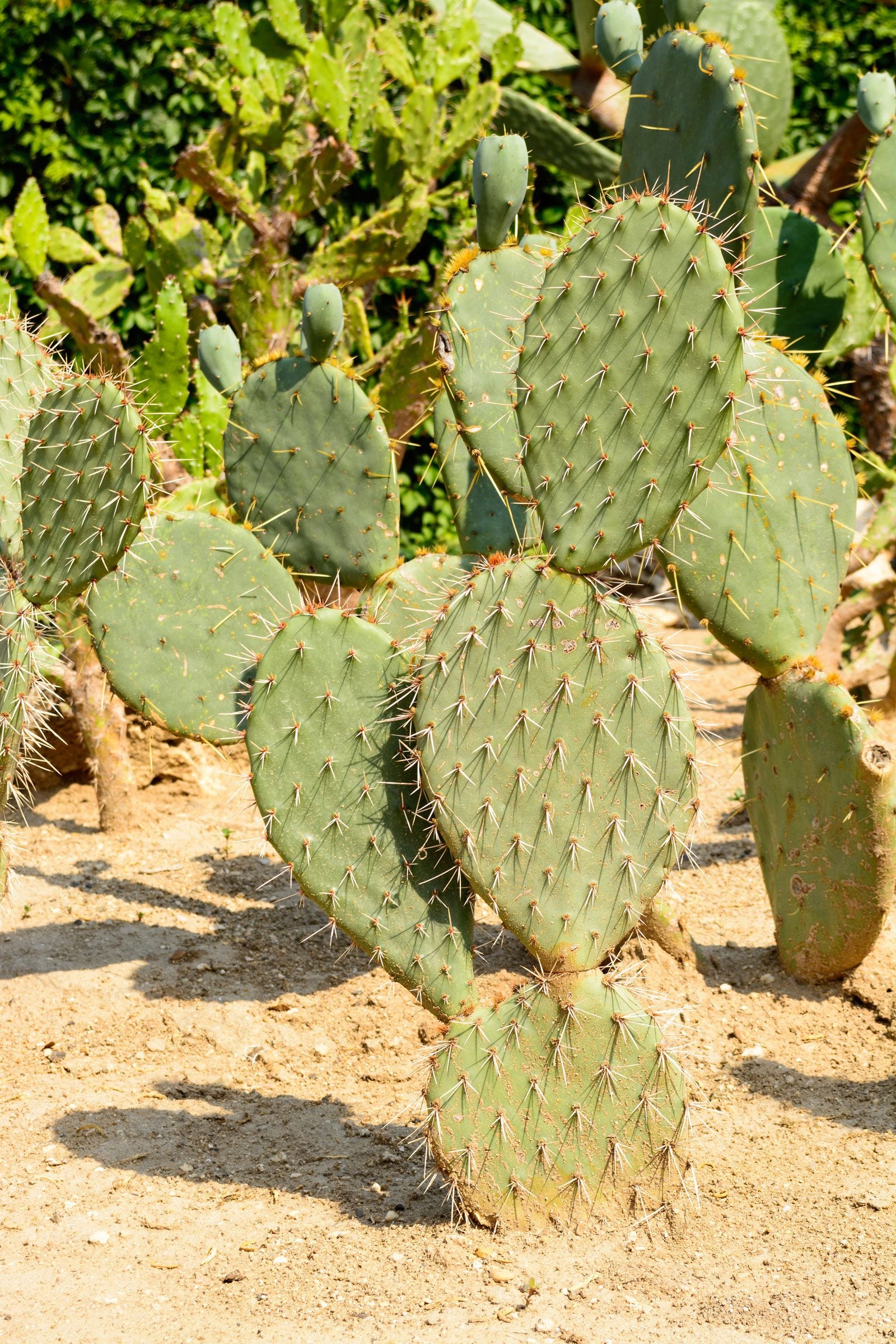Good Plants For Dry Areas: Water Storing Features Of Desert Plants


Desert gardeners have several challenges that don’t face the average landscaper. Designing a garden in arid zones can be a test of creativity combined with practicality. The benefits of drought-tolerant plants encompass more than their water-saving traits. Drought tolerant desert plants also have unique and wonderful adaptations while providing imaginative form and grace for easy care arid region gardening. Read on for some good plants for dry areas.
Why Use Drought Tolerant Desert Plants?
Every garden has its trials whether it is poor drainage, shady plots, or heavy soils. The test for gardeners is to choose plants that will do well in the particular conditions of the landscape and still require minimal maintenance. The water-storing features of desert plants make them perfect for the arid garden. Using less water in dry regions saves money as well as that limited resource. It also means you have to drag a sprinkler around less, which is a chore that seems thankless in hot, dry areas. Drought tolerant plants in the desert are an extreme adaptation necessary for natural flora to survive. Using the water-storing features of desert plants is a smart way to decorate the arid garden while conserving a rare commodity. Some of the amazing adaptations include deep taproots, minimal foliage or waxy protective coatings on leaves, thick stems and pads to hold moisture, and slow growth rates. There are more plants than cactus from which to choose for a water-wise garden. Drought tolerant desert plants come in a range of colors and sizes, with spectacular blooming selections and one-of-a-kind forms. Many are available at garden centers or you can order hard-to-find specimens.
Good Plants for Dry Areas
Always check the zone requirements for a plant before you buy it. Some drought-tolerant plants in the desert are specific to hot zones, while others need cold periods. Plants from warm regions will not do well if your landscape experiences freezes or cold temperatures. Succulents and cactus are obvious choices for the arid garden. You might also think about some plants with more dimension and height such as:
Flowering bushes like Texas Ranger and Fairy Duster bring colorful blooms to the landscape and have low water needs. Vertical impact is easy to achieve with plants like Bougainvillea and Pampas grass. Designing a desert garden starts with a list of the plants you might like and choosing the areas for them to be installed. Keep in mind the soil type, light conditions, and the mature size of the plant. Low-growing plants are great for containers or for a rockery. Succulents are charming when used between paving stones. Those bigger trees can help provide some privacy when planted near the street, while medium sized bushes provide screening or hedge situations as well as foundation plantings. Even northern gardeners can harness the benefits of drought-tolerant plants in the xeriscape garden or drier zones of the landscape. One of the best ways to enjoy desert plants in any climate is with a dish garden. Choose a variety of forms of succulents and plant them in one container for a miniature desert look. You can always bring the plants indoors when unfavorable conditions threaten.
Gardening tips, videos, info and more delivered right to your inbox!
Sign up for the Gardening Know How newsletter today and receive a free copy of our e-book "How to Grow Delicious Tomatoes".

Bonnie Grant is a professional landscaper with a Certification in Urban Gardening. She has been gardening and writing for 15 years. A former professional chef, she has a passion for edible landscaping.
-
 Try The Trend – Turn Any Bed Into A Keyhole Garden With This Clever In-Ground Composter
Try The Trend – Turn Any Bed Into A Keyhole Garden With This Clever In-Ground ComposterKeyhole gardening is an efficient and sustainable practice that saves space. Get started on this DIY project quickly and easily with an in-ground composter.
By Bonnie L. Grant
-
 4 Superfast Composting Methods: Turn Waste Into Garden Gold In 30 Days Or Less
4 Superfast Composting Methods: Turn Waste Into Garden Gold In 30 Days Or LessTry the fastest composting methods to turbocharge your pile and transform kitchen scraps and garden waste into finished compost in just a few weeks.
By Mary Ellen Ellis